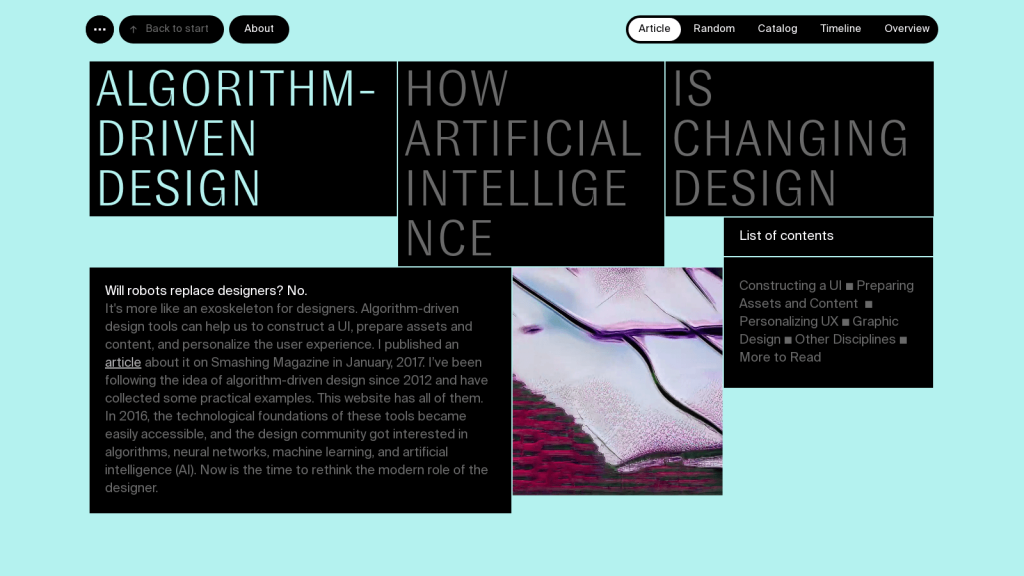Algorithm-Driven Design: Enhancing Creativity and Streamlining Workflows
Algorithm-Driven Design is an innovative approach that integrates algorithms into the design process. It aims to enhance creativity, streamline workflows, and personalize user experiences. By doing so, it augments the designer’s toolkit for the digital era.
This approach has become increasingly popular in recent years due to the rise of AI and machine learning. It allows designers to automate repetitive tasks and focus on the creative aspects of design. By leveraging algorithms, designers can generate new ideas, explore design possibilities, and optimize their designs based on user data.
Personalizing User Experiences
One of the key benefits of Algorithm-Driven Design is its ability to personalize user experiences. By analyzing user data, algorithms can create personalized designs that cater to the unique needs and preferences of each user. This results in a more engaging and satisfying user experience.
For example, an e-commerce website can use algorithms to analyze user behavior and recommend products based on their browsing history and purchase patterns. This creates a personalized shopping experience that makes it easier for users to find what they are looking for.
Real-World Applications
Algorithm-Driven Design has numerous real-world applications. It can be used in web and app design, product design, marketing, and more. For example, a fashion brand can use algorithms to create personalized fashion recommendations based on a user’s body type, style preferences, and purchase history.
Overall, Algorithm-Driven Design is a powerful tool that can help designers enhance their creativity, streamline their workflows, and create personalized user experiences. As AI and machine learning continue to evolve, we can expect to see more designers adopting this approach in the years to come.










